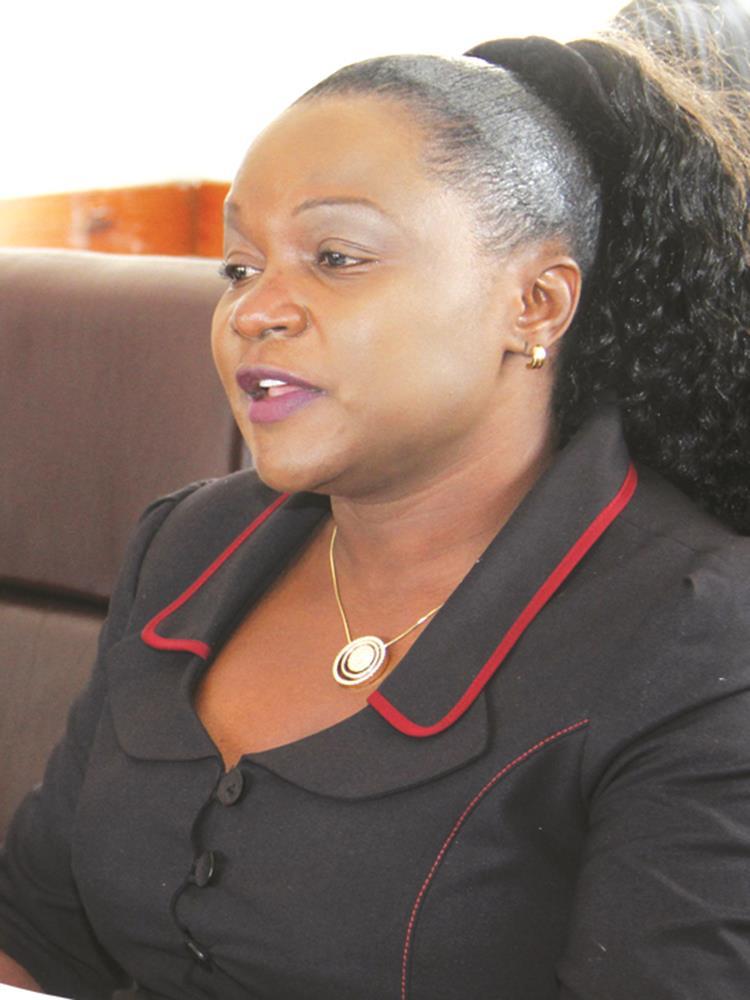Land tenure systems under review

Farirai Machivenyika Senior Reporter
The Zimbabwe Land Commission is reviewing all land tenure systems in the country to ensure they promote investment and security of tenure. This is contained in the 2016 Zimbabwe Land Commission annual report tabled in Parliament on Wednesday by the Minister of Lands and Rural Resettlement Dr Douglas Mombeshora .
Zimbabwe’s agricultural land is predominantly under communal ownership, while resettled farmers under the A1 and A2 models own land through permits and 99-year leases respectively.
But farmers are facing challenges in accessing loans from financial institutions because the same banks are not accepting the permits or 99-year leases, arguing they are not adequate to guarantee provision of loans.
The Commission said during its tours countrywide, most farmers raised concerns on issues relating to land rights and security of tenure, succession and inheritance concerns, especially from widows, and conflicts with mining operations on agricultural land.
The Commission also said it had dealt with 62 disputes from eight provinces between July and December last year.
“The disputes involved the following main issues: land ownership, double allocations, sharing farm infrastructure, illegal settlers, boundary disputes, ownership of land upon divorce and inheritance, settlement by persons in grazing land, conflict of shrines and cultural areas, and lastly disputes between former farm owners and newly resettled farmers,” said the Commission.
The Commission raised concern on inadequate budget allocations after Treasury failed to allocate any funding for the envisaged land audit.
“The Commission compiled a bid for 2017 and came up with a budget request of US$24,3 million of which $16,3 million was for the comprehensive land audit programme, $5,1 million for recurrent expenditure, $2,9 million for capital expenditure and employment costs of $1,7 million,” reads the Commission’s report.
“The Commission was given an expenditure target of only $580 000 to cover $440 000 recurrent expenditure and $140 000 for capital expenditure. This resulted in a massive shortfall of $23,8 million, including the $16,3 million for the land audit of which no allocation whatsoever was made.”








Comments